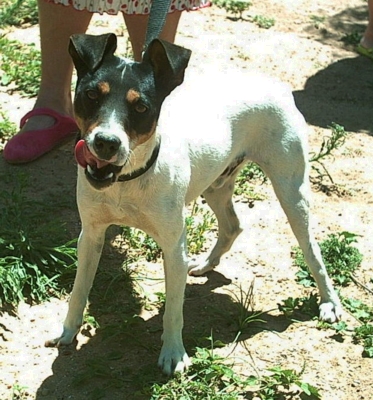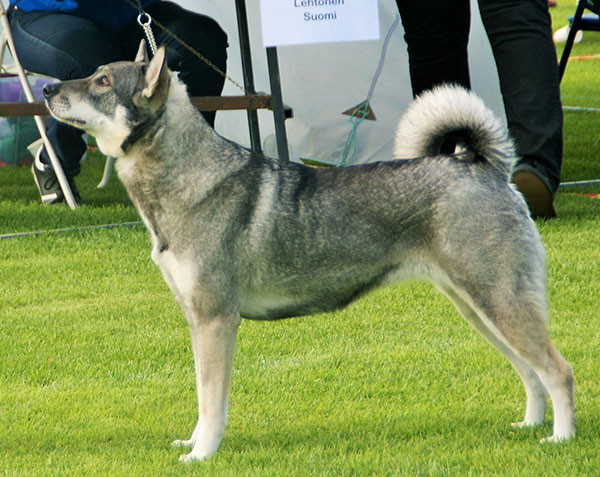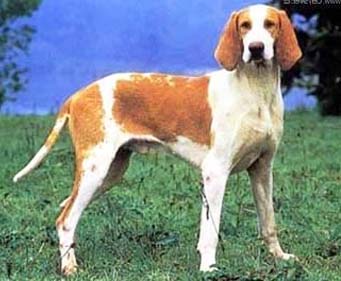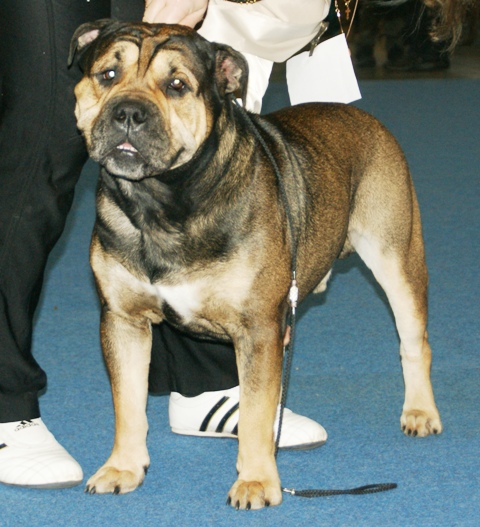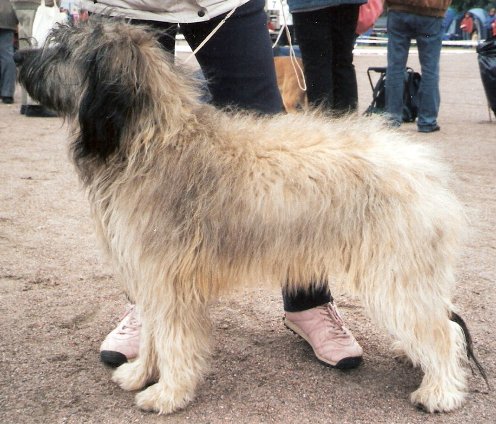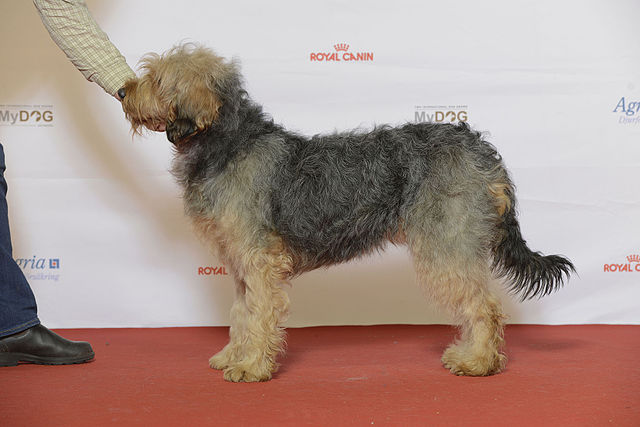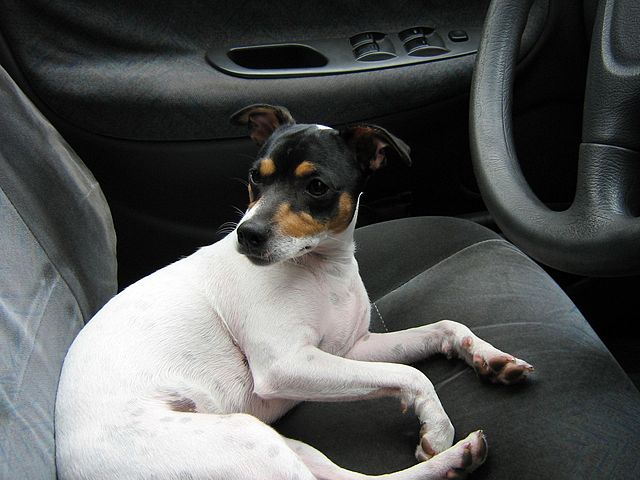The Westphalian Dachsbracke is the short-legged cousin of the German Hound and most likely a direct descendant of the Dachshund as well. The German translation for the name of this small breed is “short-legged badger scenthound”, and he was (and still is) used to flush small animals such as badger and fox from their dens. Westphalians are one of the primary breeds used in the development of the similar-in-appearance Drever from Sweden. Westphalians are a rare breed, recognized by the UKC in America and the FCI overseas yet seldom seen outside of Germany.
Westphalians are tricolored dogs, with the primary color being either red or yellow. White markings and a black saddle are preferred for the show ring, and while bi-color dogs (red and white) are seen, they are undesirable. Also a fault – chocolate colored dogs. The coat is dense yet short and low-shedding, and needs weekly brushing. Ears should be medium-length and hanging, with no black markings. The body should be strong and powerful, and very long in length.
The Westphalian Dachsbracke is loyal with adults, gentle with children and generally pleasant to be around, owing to his affectionate nature and big personality. Some have a bit of a naughty streak, but it’s usually in good fun! Although a hunting dog through-and-through, he can still make a very good pet in the right household – particularly ones that don’t also house small pets. This said, he can live with cats as long as he has been aptly socialized to them (although he may still enjoy a game of chase from time to time). He is generally good with other dogs, both in the household and outside of it. Finally, although this is an active breed, he can be calm in the home as long as his exercise needs have been met.
The Westphalian is attentive to the everyday goings-on of the world around him and does have enough energy to make him an active partner, willing to engage in all sorts of outdoor fun! He prefers hunting to most other engagements (and will use his nose whenever he gets the chance), although either way does need daily exercise and lots of it! This is a high-exercise breed that needs active owners and plenty of outdoor engagement so that he doesn’t become bored. He does best in a home with a fenced yard so he can stretch his legs on his own in addition to the consistent walks, daily training sessions and regular play time that he needs. In addition, this breed also greatly benefits from job-like tasks such as hunting or dog sports like agility. Although is he game for almost any situation, his short legs mean that while he is able to partake in long walks, extended jogging is a bit difficult as he’ll have a hard time keeping up.
Westphalian Dachsbrackes can be stubborn and may take longer to train than other breeds of dog. They will need a lot of repetition with obedience lessons and an owner who doesn’t baby the dog too much, as they will push their limits and may even try to take control of the household. As with some scenthounds, they can be less trustworthy off-leash which means off-lead training must be worked meticulously – and even then, they may never be 100% reliable in extremely distractible situations. This said, the breed is intelligent and can learn as long as the owner/trainer is patient and persistent.
Westphalians are happy, social dogs who love all people. As such they make poor guard dogs but their balanced temperaments mean that they can work out well for first-time dog owners. They are fairly healthy and easy to take care of in terms of grooming, and they are also pretty quiet by scenthound standards. Prospective owners just must be willing to meet their high exercise requirements and be constantly aware of their hunting drives. They do best in cold climates but will be happy in most environments as long as there is plenty of space and fencing to keep them secure.

Photo by Stute.s

